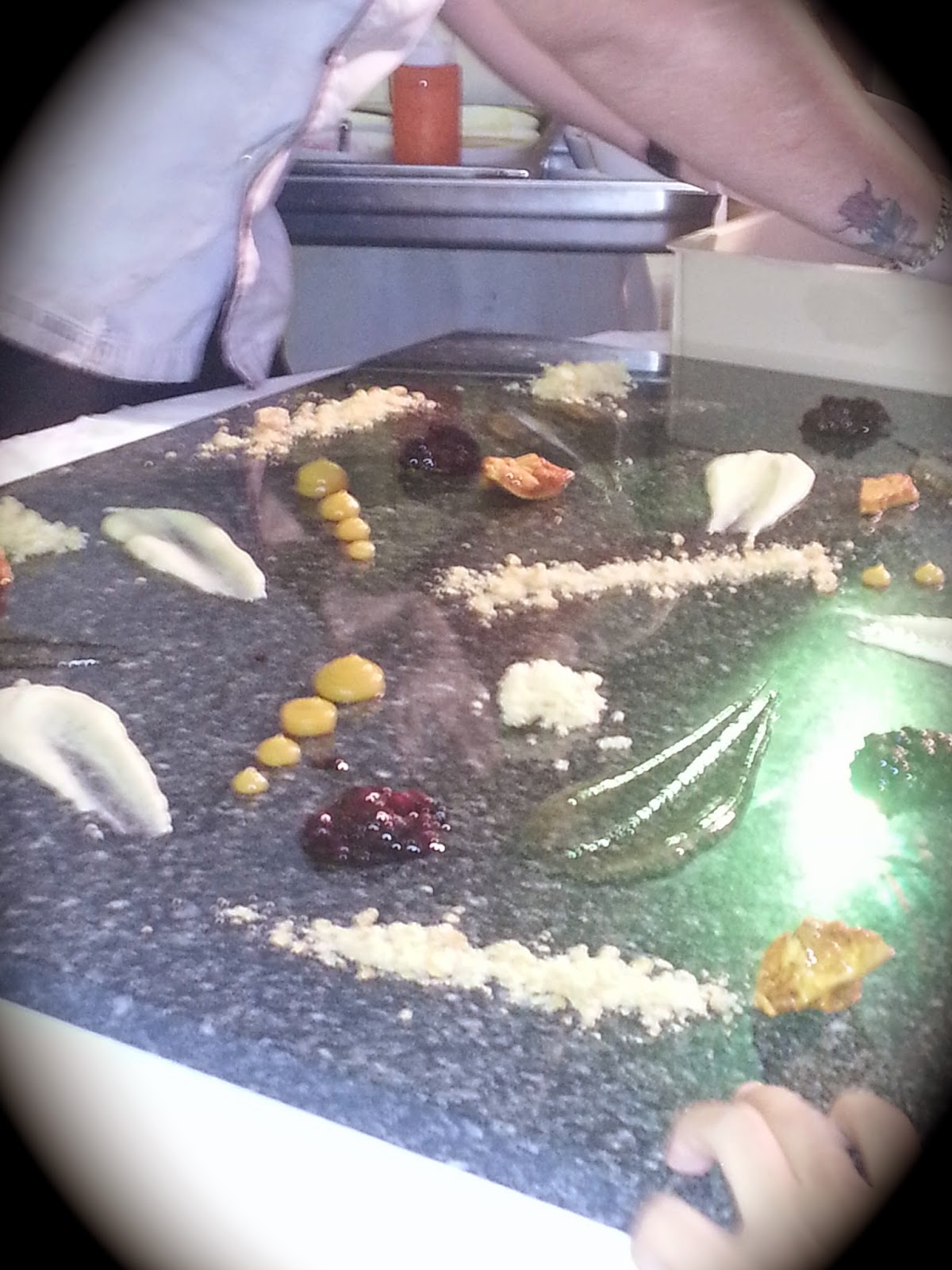There was a time, when large families
would sit on the floor and enjoy the food together. The food was normally a traditional
one and cooked with specific spices to give it an authentic taste. Everything
has changed now. People opt for global fusion. It is difficult to sit on the
floor and large families hardly get together unless there is a family wedding.
However such atmosphere can be
created during food festivals, like the one I experienced at ‘Taste Of Asia’ at
Mirador Hotel at Chakala (Andheri East) at the newest food
festival called Pangat.
The low tables have been set on the
floor and there is a colorful rangoli designed around the tables.
I was told that there would be
waiters, women dressed in traditional Maharastrian costume of 9 yard saree and a
beaded nose ring, men would be dressed in long kurtas and pajamas. They will be personally serving food at the low tables. A corner has
been set up for live music of traditional Marathi folk songs.
It seems like a perfect set-up. I
would have been happier if I was invited during the festival to mingle in the
crowd and experience the event itself, but I was here to sample the food that
would be served during the festival.
Here is what food will be served
during the festival
|
Welcome drink:
Solkadi
Kairiche panhe
Soup:
Tamate cha Saar (tang
y tomato soup)
Khekdyche saar (crab
soup)
Starters: (veg)
Kothmir chi Vadi
(steamed coriander cakes)
Dalimb Batate (tangy
potato patty with pomegranate seeds)
Kelfulache Vade
(banana flower fritters)
Starters non veg:
Jeerameerichi kombdi
(chk wt roast jeera,black pepper)
Makli masala (squids
masala)
Tawache Bombil
(grilled Bombay duck)
Mains:
Bharleli Vangi
(stuffed brinjal)
Mixed Ussal (mixed
lentils prep)
Kairichi kadi (raw
mango curry)
Kombdiche sukkhe (dry
chk prep)
Pandhra Rassa
(kolhapuri mutton prep)
Amti
Masala bhaat
Tandul chi bhakri
(rice flour bread)
Chutney:
Kaliya til chi
chutney (black sesame seeds chutney)
Hirwa mirchi cha
theecha
Lal mirchi teecha
Raw mango chutney
Sweet tamarind chutney
Desserts:
Puran poli
Olya naral chi
karanji
|
I would go light on snacks and
drinks, because the main food is extremely delicious and is truly authentic.
The Maharastrian food festival will
be on from April 10th to 16th April 2015, 7pm onwards.
Venue: House Of Asia at Mirador
Hotel, Chakala (Andheri East)
Cost is Rs900 (inclusive of all
taxes)


























